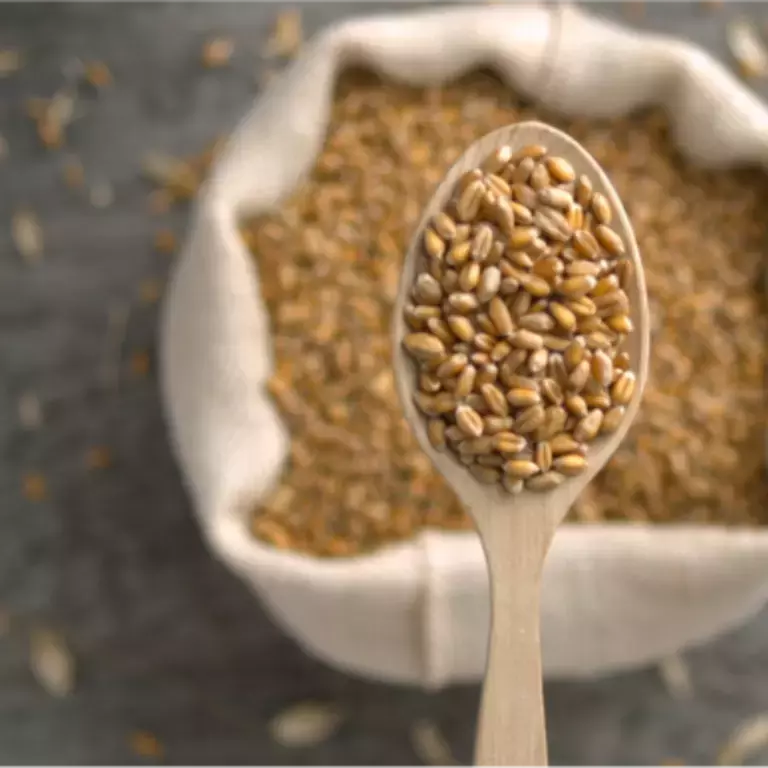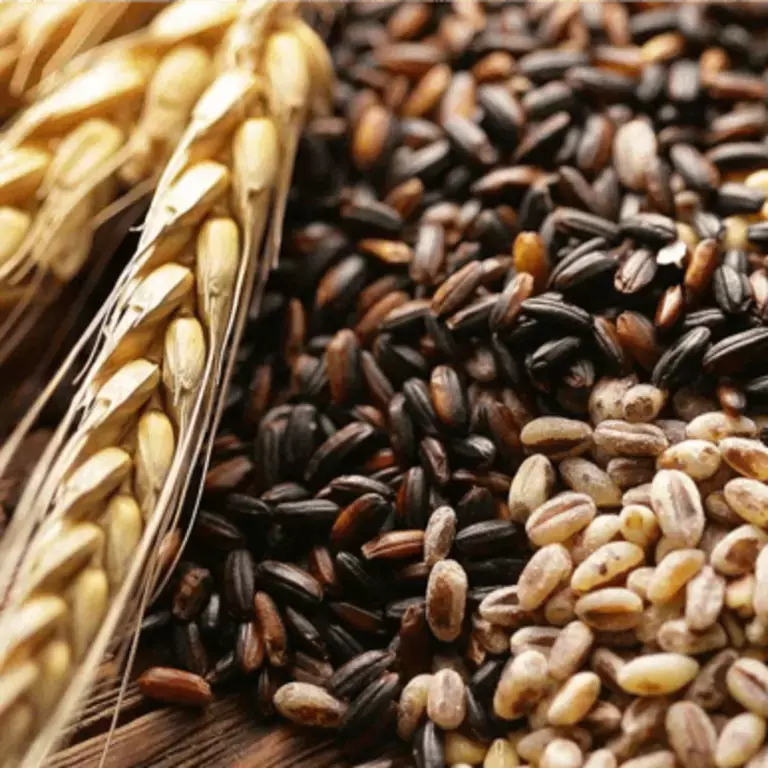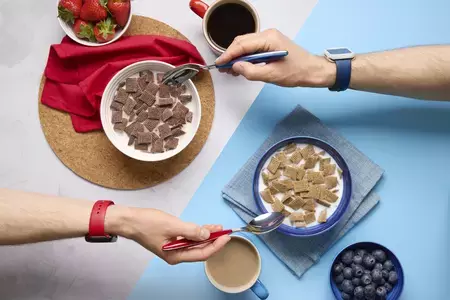You said more whole grain and less sugar. So, we've listened and worked hard to improve our breakfast cereals, including making whole grain our main ingredient across the Nestlé Breakfast Cereals Portfolio. Meaning we are working towards making breakfast better, every day.
Your voice is leading the way to making breakfast better every day and helping us to provide a more balanced and tasty breakfast option.
Working to Make Breakfast Better!

OUR RENOVATION JOURNEY TO MAKE BREAKFAST BETTER
Since 2003, we’ve been gradually reformulating our recipes to increase whole grain, reduce sugar and salt and remove artificial colours and flavours. To make breakfast better every day, so that you can enjoy every bowl that little bit more.
WHAT EXACTLY IS WHOLE GRAIN?
Whole grain provides a range of vitamins, minerals, fibre, starch and other nutrients – but research shows we are not getting enough. Get to know the unsung superhero of the breakfast nutrition world better.
GET TO KNOW OUR INGREDIENTS!
We know ingredients matter to you, so we make it our business to source and select in the best way possible. Our mission of making breakfast better, which is why the standard and quality of our ingredients are important to use.
OUR FORTIFIED CEREALS - IT'S ALL ABOUT DEFENCES!
Nutrients play a big part in helping to keep us all healthy. Find out how Nestlé Breakfast Cereals contain a good mix of vitamins and minerals.







